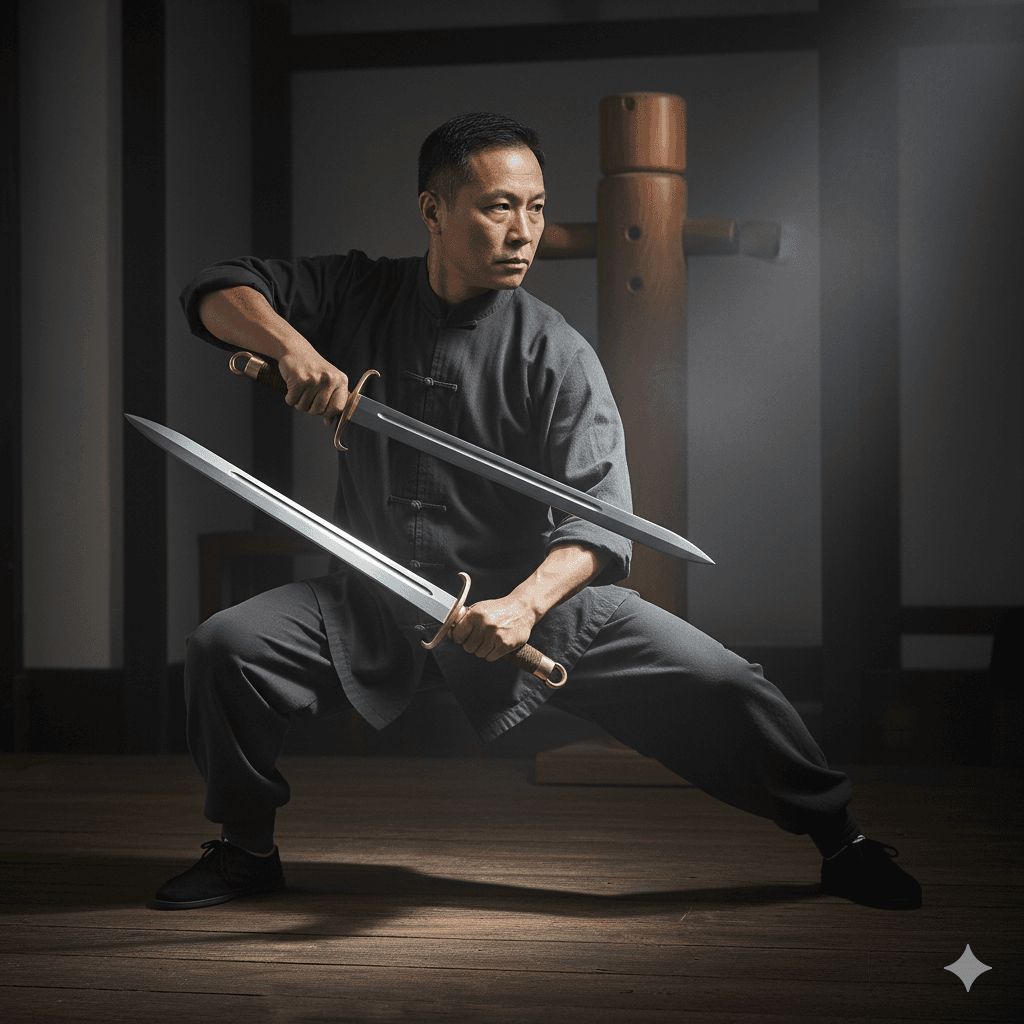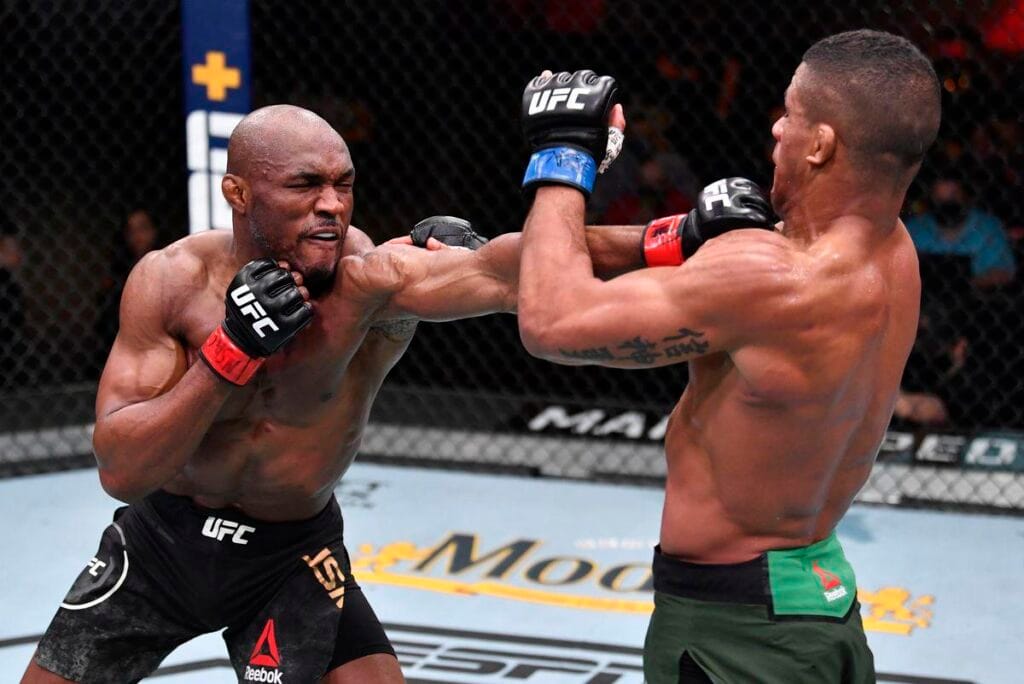Hey there, martial arts enthusiasts and history buffs!
Today, we’re diving deep into the fascinating world of traditional Wing Chun butterfly swords, also known as Baat Jaam Do or Hudiedao.
These aren’t just any weapons; they’re an extension of the Wing Chun practitioner’s body,
embodying centuries of Chinese martial arts philosophy and combat effectiveness.
Join me as we uncover the secrets behind these iconic blades, from their origins to their profound symbolism.

Videos will be added as random thoughts 💭 💭 💭
A Glimpse into History: The Origins of the Butterfly Sword
When we talk about Wing Chun butterfly swords, we’re not just discussing a piece of metal; we’re delving into a rich tapestry of Chinese history.
These unique short swords, often called Hudiedao (蝴蝶雙刀) or Red Boat Knives, have a captivating past.
They originated fairly late in China’s naval history, designed specifically for close-quarters combat in the cramped spaces of ships [2].
Imagine trying to wield a long sword on a rocking boat – not very practical, right?
Interestingly, these blades were a common sight among civilian martial artists in the 19th century.
While not officially a “regulation weapon” within the imperial Qing military,
they might have been a local adaptation of the “Green Standard Army Rolling Blanket Double Sabers” [2].
This suggests a practical evolution, where weapons were adapted to suit specific combat environments and needs.
These swords weren’t exclusive to Wing Chun; styles like Choy Li Fut, Hung Gar, and Lau Gar also incorporated them.
They were even carried by merchant vessels and militias, highlighting their widespread use and effectiveness in Southern China [2].
It’s fascinating to think about how these blades traveled across China and even to diaspora communities in Singapore and California by the late 19th century, spreading their legacy across the globe [2].
Design and Functionality: More Than Just Sharp Edges
What makes the butterfly sword so unique? Its design is a testament to ingenious craftsmanship, blending beauty with lethal efficiency.
The blades are typically about the length of a forearm, allowing for fast techniques and greater maneuverability in close-quarters combat [1].
This short length is crucial for the Wing Chun philosophy of fighting in tight spaces, making the swords an extension of the practitioner’s arms and hands.
A distinctive feature is the brass guard, which not only protects the hands but also helps to trap or deflect an opponent’s weapon [1].
This cross guard can even allow for a quick reversal of the knife position, adapting to the dynamic flow of combat.
Traditional blades were often sharpened only halfway down, with the unsharpened portion used for engaging other weapons, further emphasizing their defensive and trapping capabilities [1].
It’s worth noting that many modern reproductions have altered the traditional combat design, often losing the sharp point and false edge, making them “less lethal” [1]. However, true traditional butterfly swords were designed as highly effective battlefield weapons.
Symbolism and Significance: Beyond the Physical
The name itself, “butterfly sword,” is rich with symbolism.
Like the insect, the sword embodies a blend of beauty and efficiency—graceful yet lethal [3].
The butterfly’s transformation from caterpillar to winged creature also mirrors the martial artist’s journey of evolution and honing skills through rigorous training [3].
Beyond their physical attributes, these swords hold a deep spiritual connection for practitioners.
When wielded in pairs, they symbolize the Yin and Yang, representing harmonious balance and duality inherent in Chinese philosophy [3].
The sharp, deadly blade is complemented by the protective guard, showcasing this duality.
Many believe that training with butterfly swords helps them connect with their inner self, improve focus, and understand the deeper realms of martial arts [3].
It’s not just about mastering a weapon; it’s about mastering oneself.
Training and Application: The Art of Baat Jaam Do
In Wing Chun, the butterfly swords are integral to the Baat Jaam Do (Eight Chopping/Slashing Swords) form.
This advanced form teaches practitioners to use the swords as an extension of their arms, emphasizing close-range combat, precise footwork, and powerful, direct movements.
The training involves forms, sets, drills, and even sparring with training weapons to develop muscle memory and instinctive reactions [1].
The techniques focus on simultaneous blocking and attacking, trapping, and deflecting, mirroring the empty-hand principles of Wing Chun.
The short length of the blades allows for rapid changes in direction and close-in fighting, making them incredibly effective in confined spaces.
The D-guard, a feature likely influenced by European naval swords, provides excellent hand protection and can be used to hook or disarm an opponent’s weapon [1].
Modern training with butterfly swords also helps develop advanced principles like circular footwork and strengthens the wrists and body for aggressive weapon interaction [2].
The skills learned with these weapons can transfer to other paired weapons and even enhance empty-hand techniques, as many Kung Fu styles derive their empty-hand movements from weapon concepts [1].
The Enduring Legacy
From ancient naval battles to modern martial arts schools, the Wing Chun butterfly swords have maintained their mystique and practical value.
They are a powerful symbol of dedication, transformation, and the harmonious balance of opposing forces.
Whether you’re a seasoned martial artist or simply curious about the rich history of Chinese combat, the story of the butterfly sword is a testament to the ingenuity and profound philosophy embedded within Wing Chun.
So, the next time you see these elegant yet formidable blades, remember that they carry with them centuries of history, culture, and martial wisdom.
They are truly more than just blades; they are a living legacy.
—
References
[1] Imperial Combat Arts. “Butterfly Swords | Butterfly Knives | 蝴蝶雙刀 | Hudie Shuang Dao | Wing Chun Swords | Wing Chin Knives | Bowie Knives – Imperial Combat Arts.” *Imperial Combat Arts*, imperialcombatarts.com/butterfly-swords.html. Accessed 24 Sep. 2025.
[2] Chinese Martial Studies. “An Updated and Revised Social History of the Hudiedao (Butterfly Swords) – Kung Fu Tea.” *Kung Fu Tea*, chinesemartialstudies.com/2021/01/24/an-updated-and-revised-social-history-of-the-hudiedao-butterfly-swords-2/. Accessed 24 Sep. 2025.
[3] Mini Katana. “Butterfly Sword: The Symbolism and Significance in Chinese Martial Art – Mini Katana.” *Mini Katana*,
minikatana.com/blogs/main/butterfly-sword-the-symbolism-and-significance-in-chinese-martial-arts. Accessed 24 Sep. 2025.



